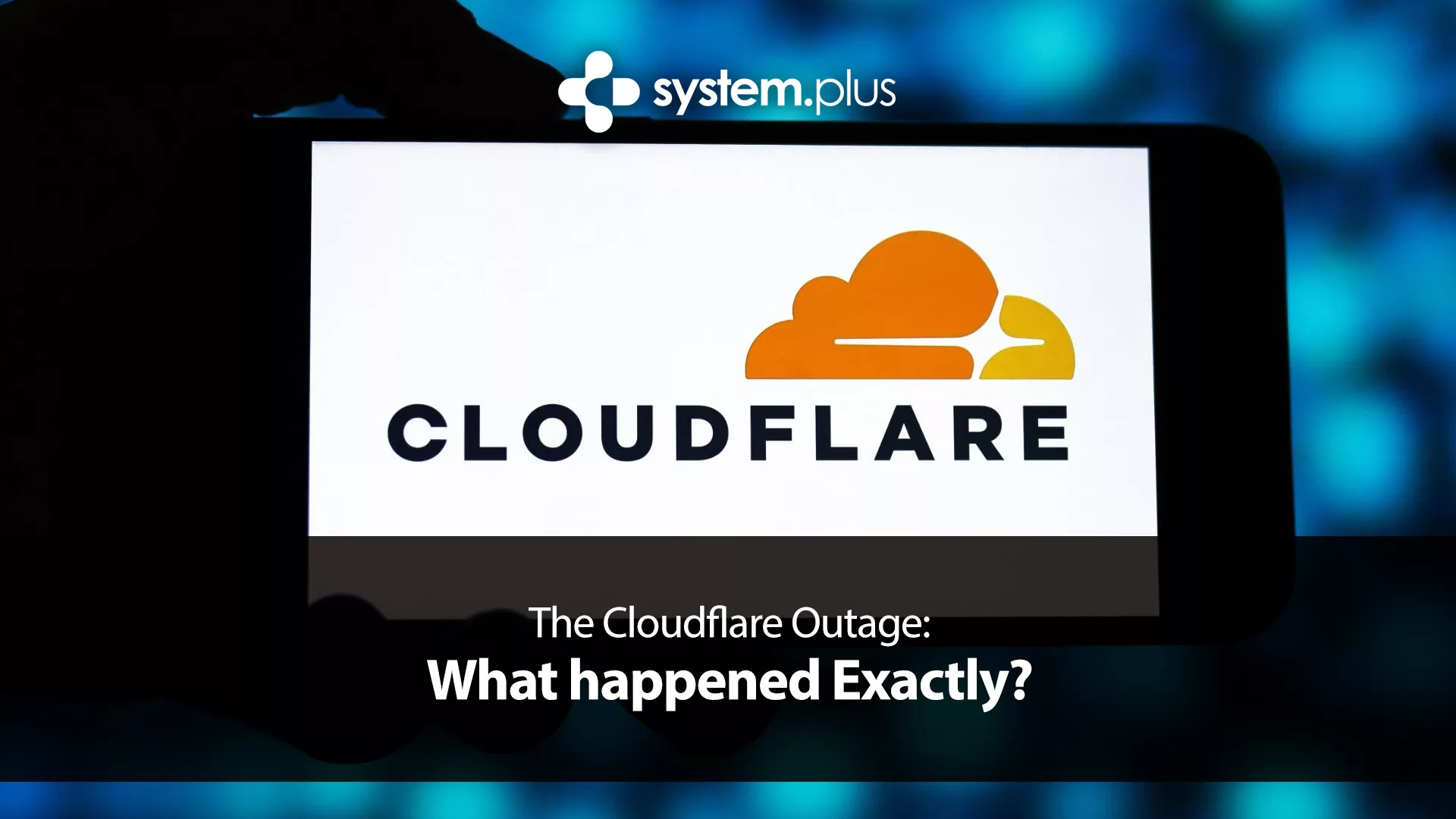The Cloudflare Outage, What Eaxactly happened?
So What happened Exactly?

If your website felt slow, your apps wouldn’t load or you couldn’t get into a service you normally use yesterday afternoon, you weren’t imagining it. Thousands of businesses across the UK, including right here in East Yorkshire – were hit by a major internet wobble caused by a Cloudflare outage.
Cloudflare is a company most people have never heard of, but you use it every day without realising. They sit quietly in the background helping websites stay fast, secure and online. When Cloudflare has a bad day, a big chunk of the internet has a bad day with them.
Yesterday was one of those days.
Here are the key facts:
On Tuesday 18 November 2025, Cloudflare, a major internet-infrastructure company whose services underpin millions of websites and apps experienced a global service disruption that impacted a wide range of high-profile platforms.
- The outage began in the early hours of the US Eastern Time zone (around 6:40 a.m. ET) when Cloudflare detected an “internal service degradation”. (Reuters)
- Users worldwide began reporting issues with sites and services failing, returning error messages (such as “500 Internal Server Error”) or failing to load at all. (New York Post)
- A particular spike in unusual traffic (beginning around 11:20 UTC) was cited by Cloudflare as having caused some of the disruption. (Reuters)
- By around 9:42 a.m. ET (≈ 14:42 UTC) the company stated that a fix had been implemented and that services were being monitored for residual issues. (The Washington Post)
Why it happened

Just after lunchtime, Cloudflare suffered an internal technical issue that caused parts of their network to fall over. This led to websites across the world returning errors like “500 Internal Server Error”, refusing to load or behaving strangely.
It wasn’t a cyber-attack and nobody had hacked anything. Instead, a configuration file inside Cloudflare grew far bigger than expected, and when their systems tried to use it, it caused important software to crash. Because Cloudflare handles so much global web traffic, this fault quickly spread and caused problems everywhere.

According to company statements and media reporting, the root cause was technical rather than malicious:
- Cloudflare said the issue was caused by a configuration file that manages threat-traffic (i.e., data about malicious or high-volume requests) growing beyond its expected size. This oversized file triggered a crash in parts of the traffic-management software.
- There was “no evidence that this was the result of an attack or caused by malicious activity”.
- Because Cloudflare acts as a key traffic‐gatekeeper for a large portion of the web (by one estimate about 20 % of all websites) the impact was magnified.
In short: a technical failure inside a core configuration and traffic-management system at a major provider cascaded into wide-scale disruption because so many sites depend (directly or indirectly) on that provider’s services.
Why it matters for businesses (including yours)
As the Assistant Director at System Plus and with a small-business audience in mind, it’s worth reflecting on the implications of such an outage in plain, real-world terms:
- Single-point dependency risk: Even if you don’t use Cloudflare directly, if your website, your email provider, your app, or your third-party tools do, you might still be affected. This incident shows how one supplier’s internal fault can ripple out.
- Visibility & reputation: When your site or service goes down (even if it’s not your fault), your business looks vulnerable. For a receptionist at a caravan rental company, for example, a booking system being inaccessible during a holiday spike could cost trust and revenue.
- Recovery & resilience planning: It’s not enough to assume “cloud infrastructure will just work”. You need to consider what happens when it doesn’t, can you switch traffic, notify customers, maintain service via fallback systems?
- Communication is key: When things go wrong, showing customers you’re aware, explaining what’s happening, and giving realistic timelines helps maintain trust.
What you should do (as a small business)
Here are practical steps to consider (crafted in everyday language rather than tech-jargon):
- Check which providers underpin your website, email, and major apps. If you find you rely on a single cloud or infrastructure provider, ask about their resilience and what happens if they fail.
- Build fallback options where sensible. For example, have a secondary method for accepting bookings, a backup contact channel for customers, or alternate server routing if your main site becomes inaccessible.
- Update your incident-communication plan. If your booking system goes down, have a pre-prepared message ready for your website, social media and voicemail to let customers know you’re aware of the issue and working on it.
- Monitor dependencies on suppliers and ask them two questions: 1) What happens if your core infrastructure fails? 2) How long could the outage last, and what’s the realistic recovery time?
- After incidents like this one, sit down with your IT provider (or in-house admin) and review what happened: Did you experience any downtime? Did you hear anything from your suppliers? What could you do better next time?
Final thoughts
The Cloudflare incident is a timely reminder that behind every website, app and cloud service lies a complex set of dependencies. Even companies that feel “just online” are part of a physical and technical infrastructure that can fail. For small businesses in the East Riding (and everywhere), the message is straightforward: you’re only as strong and reliable as the weakest link in your service chain. By taking a few simple steps now, you can improve resilience and reassure customers that you’ve got things covered, even when the unexpected happens.
Further Reading (Sources)
Discover more from System Plus
Subscribe to get the latest posts sent to your email.









